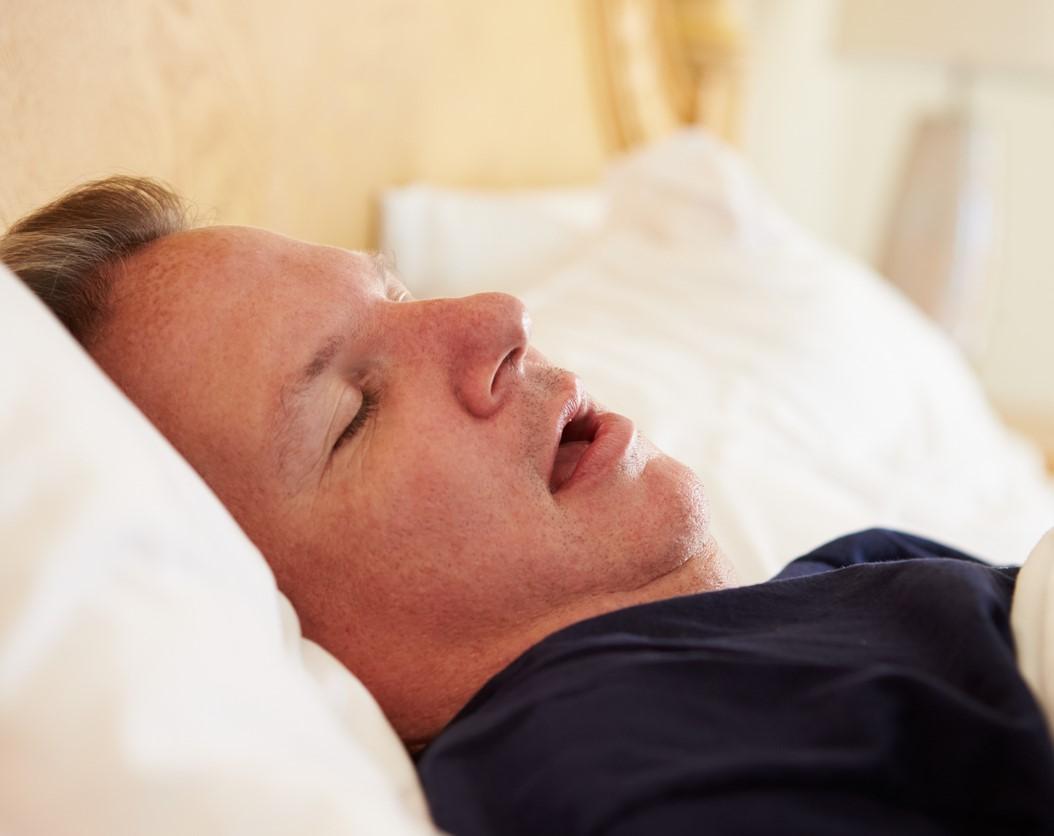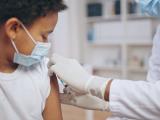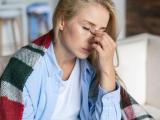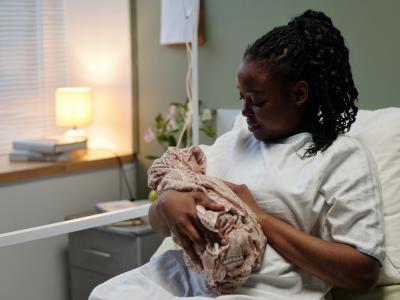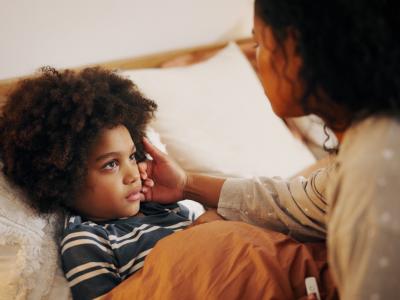Adult COVID-19 patients with sleep-disordered breathing and related low oxygen levels had a higher risk of hospitalization and death, finds a study today in JAMA Network Open.
A team led by Cleveland Clinic researchers conducted a case-control study of 5,402 patients who had a sleep study record and were tested for COVID-19 in health system sites in Ohio and Florida from Mar 8 to Nov 30, 2020.
Average patient age was 56.4 years, 55.6% were women, 60.3% were White, 31.4% were Black, 15.2% were of other races, and 35.8% tested positive for COVID-19. The study backdrop was controversy over whether to continue positive-airway pressure (PAP) treatment for sleep-disordered breathing because of concern over virus aerosols.
Hypoxia tied to 31% more hospitalization, death
While sleep-disordered breathing and sleep-related hypoxia (low oxygen levels) weren't linked with an increased risk of COVID-19 infection, sleep-related hypoxia was associated with a 31% higher risk of hospitalization and death, even after accounting for the presence of cardiopulmonary disease, cancer, and smoking exposure.
Relative to uninfected patients, those who tested positive for COVID-19 had higher Apnea-Hypopnea Index scores (median, 16.2 vs 13.6 events per hour) and more total sleep time (TST) at less than 90% oxygen saturation (median, 1.8% vs 1.4%). Apneas are pauses in breathing, and hypopneas are periods of shallow breathing.
While sleep-disordered breathing wasn't tied to COVID-19 positivity, median TST at less than 90% oxygen saturation was associated with worse World Health Organization (WHO)-designated COVID-19 ordinal clinical outcomes (adjusted odds ratio [OR), 1.39), even after adjusting for patient characteristics, body mass index, underlying illnesses, smoking history, and health system site.
Relative to those with TST at less than 90% oxygen saturation of 1% or less, those with TST at less than 90% oxygen saturation of 1.8% to 12.8% and greater than 12.8% had 54% and 55% greater odds, respectively, of higher WHO-designated COVID-19 ordinal clinical outcome scores (OR, 1.54 vs 1.55).
Similarly, patients with a TST at less than 90% of 1.8% to 12.8% and greater than 12.8% had a 42% and 38% higher risk of hospitalization and death, respectively, than those with a TST at less than 90% of less than or equal to 0.1% (hazard ratio [HR], 1.42 vs 1.38).
The risk of hospitalization and death fell 19% and 6%, respectively, for each 5% increment in average and low arterial oxygen saturation (HR, 0.81 vs 0.94). When average arterial oxygen saturation increased by 5%, odds of a high WHO-designated COVID-19 ordinal clinical outcome scale score fell 27% in the fully adjusted model (OR, 0.73).
Early COVID therapy may be needed
The researchers said that strategies are needed to better identify sleep apnea-specific hypoxia, such as the use of sleep apnea-related hypoxic burden as a more sensitive indicator of sleep apnea-related hypoxia, which is associated with a higher risk of cardiovascular death.
"Furthermore, understanding how sleep-related hypoxia may influence vaccine efficacy as well as elucidating underlying hypoxic mechanisms portending more severe COVID-19 disease and mortality are salient future directions," they wrote.
The authors called for interventional studies to determine whether early, effective PAP or supplemental oxygen use in patients with high hypoxic physiological stress at night improves COVID-19 outcomes.
"If sleep-related hypoxia indeed translates to worse COVID-19 outcomes, risk stratification strategies should be implemented to prioritize early allocation of COVID-19 therapy to this subgroup of patients," they concluded.
